
Lamb’s Quarters (Genus: Chenopodium) is a group of wild edible plants that is native to North America and other parts of the world. Lamb’s Quarters is also known as Lambs Quarter, Pigweed, Goosefoot, Fat Hen and other colloquial names. There are many species of Lamb’s Quarters, two very common species in America are Chenopodium album, and Chenopodium berlandieri. Both of these species grow in all 50 states as well as the vast majority of Canada. Many of the other species are very similar and should have the same edibility and uses.
Edibility and Culinary Use
Lamb’s Quarters have edible leaves, flowers, and seeds. The leaves can be eaten raw or cooked and make a very good spinach substitute(check out this Garlic Lamb’s Quarters Recipe), they have a mild flavor and go well with many things. The flower clusters can be eaten and when picked before blooming are said to resemble broccoli in taste and texture. The seeds are also edible but should be soaked in water and cooked because they contain saponins. Quinoa(Chenopodium quinoa) which is becoming a popular grain sold in health food stores is a type of Lamb’s Quarters. Many plants of this genus have been food for Native North and South American Indigenous people starting as far back as 3000 years ago.
Health Benefits

The leaves contain small amounts of proteins, fats, and carbohydrates, and the seeds contain much more proteins, fats, and carbohydrates. This plant also contains many other nutrients including: Calcium, Phosphorus, Iron, Vitamin A, Vitamin B1 and Vitamin B2. In General this is a very nutritious plant, and very abundant, we can see why it has been a Native American food for at least 3000 years.
Cautions
Lamb’s Quarters contain saponins which are poisonous to people but are not absorbed well in our digestive systems so will usually pass right through with no harm. Cooking and soaking in water also will destroy or remove saponins. Lamb’s Quarters also contain oxalic acid just like rhubarb, spinach and some other common vegetables. Oxalic acid aggravates conditions such as rheumatism, arthritis, gout, kidney stones or hyperacidity. Cooking this plant will help break down oxalic acid. Lamb’s Quarters can also concentrate high levels of nitrates if grown in soil with high levels of nitrates. Lamb’s Quarters can also concentrate hydrogen-cyanide if grown in very nitrogen rich soils. Despite all these cautions Lamb’s Quarters has always been considered a very nutritious food, most of these cautions have to do with eating the plant in very large amounts so eat in moderation and you can enjoy the health benefits without worrying about the cautions.
Conclusion
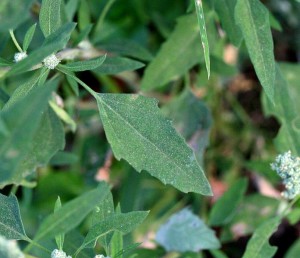
A healthy and abundant food, Lamb’s Quarters has a number of uses and is a great general purpose wild edible. I usually eat the leaves raw when I pass by a plant. They often grow in fields and garden plots, so I leave a few standing when weeding my garden. They are edible from spring till fall so there is lot of opportunity to eat and enjoy Lamb’s Quarters.
Many of our readers find that subscribing to Eat The Planet is the best way to make sure they don't miss any of our valuable information about wild edibles.
See our privacy policy for more information about ads on this site

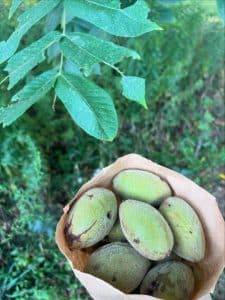
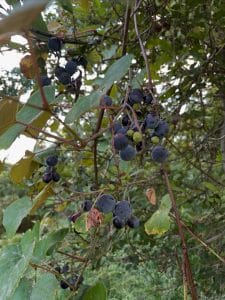
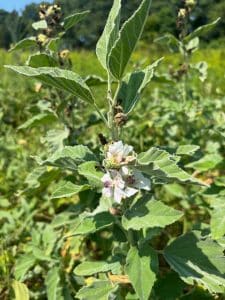
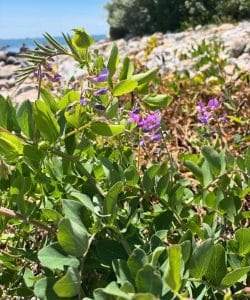
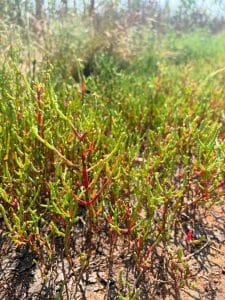
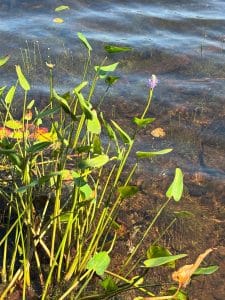
One Response
Just trying to learn more. Thankyou!